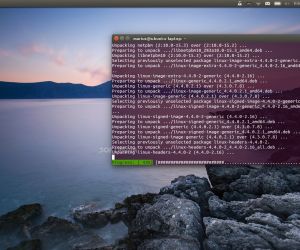

Select the path where the recovered files will be stored. Select a directory for the recovered files. Select Free if you didn’t write to that partition after removing the particular file, otherwise select Whole. Otherwise if you are recovering files from a partition formatted as FAT or NTFS select Other. If you are using Linux, it's going to be ext2/ext3/ext4, so the default selection is ext2/ext3. Move the selector up or down to the partition from which you have removed the file(s).

Under normal circumstances you don’t need to modify them. Photorec also has a list of different options. Here you can disable all file types by pressing s. If your hard disk has Linux partitions, then select. Open a terminal and launch photorec (as root). Install testdisk from the default Ubuntu repositories. It is preferable to boot from an Ubuntu live DVD/USB before following these steps, in order to avoid using the operating system in which the deleted file is located. Recover files based on filetype using photorec Photorec is provided by the testdisk package from the default Ubuntu repositories. PhotoRec tries to recover the filename in this case, but most of the time PhotoRec can't recover the filenames. In some cases, the filename is stored in the file itself. odt documents, but photorec/testdisk can't selectively scan an individual directory for lost files unless you had mounted a whole hard drive partition as this directory. The photorec terminal program can selectively recover files based on their filetype(s), for example it can recover only.


 0 kommentar(er)
0 kommentar(er)
